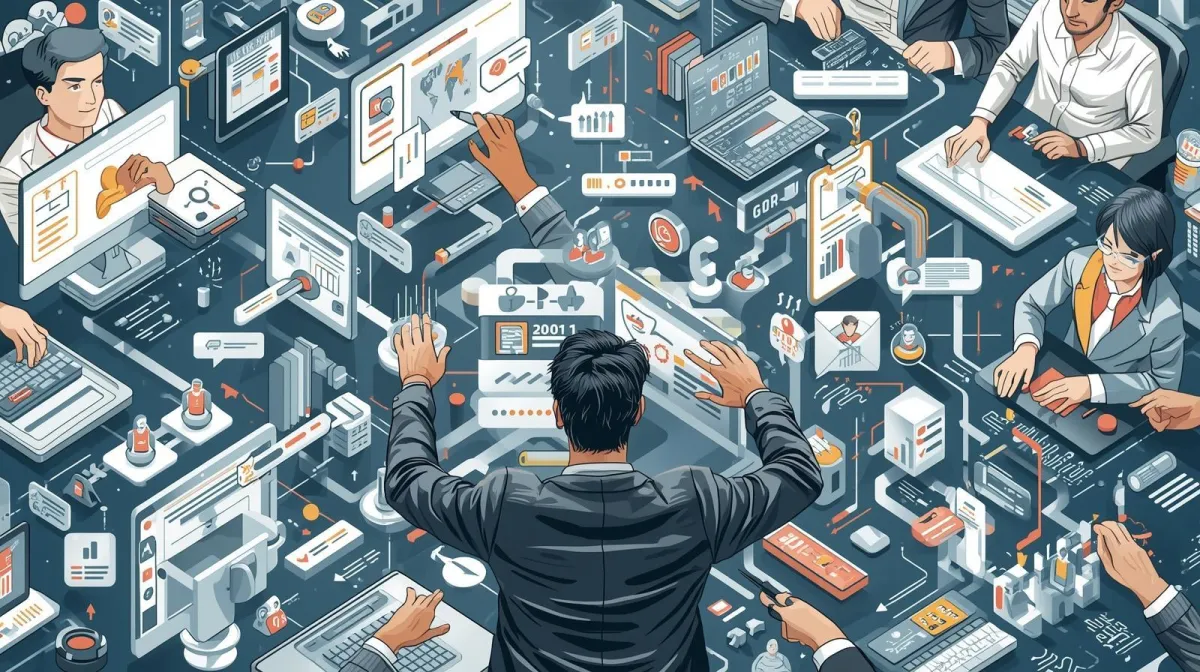
Why AI Should Be Booking Your Appointments—Not Your Staff
Why AI Should Be Booking Your Appointments—Not Your Staff
In today’s fast-paced, always-on world, customer expectations have evolved. They want instant service, 24/7 availability, and frictionless experiences. Yet many businesses still rely on human staff to handle inbound phone calls and book appointments—often constrained by hours of operation, multitasking demands, and the occasional bad day.
It’s time to rethink that model.
The Case for AI-Powered Appointment Booking
AI-driven systems can now answer inbound calls, understand natural language, and book appointments seamlessly—without needing a break, a mood boost, or a manager’s intervention. But the real magic happens when this capability is integrated into broader automated workflows.
Here’s why AI is the smarter choice:
1. 24/7 Availability
Humans need sleep. AI doesn’t. Whether it’s 2 PM or 2 AM, AI can answer calls, qualify leads, and schedule appointments without delay. This means no missed opportunities due to closed hours or unavailable staff.
2. Consistency and Accuracy
AI doesn’t forget details, mishear names, or double-book. It follows predefined rules and logic, ensuring every appointment is scheduled correctly and every customer interaction is consistent.
3. Scalability Without Burnout
During peak hours or seasonal surges, human staff can get overwhelmed. AI scales effortlessly, handling hundreds or thousands of calls simultaneously without compromising quality.
4. Integrated Workflows
Once an appointment is booked, AI can trigger follow-up actions automatically:
Send confirmation texts or emails
Update CRM records
Notify team members
Initiate pre-visit instructions or reminders
This eliminates manual handoffs and reduces the risk of human error.
5. Cost Efficiency
Hiring, training, and retaining staff is expensive. AI solutions, while requiring upfront investment, offer long-term savings by reducing labor costs and increasing operational efficiency.
6. Improved Customer Experience
Customers don’t like waiting on hold, repeating information, or being told to call back during business hours. AI provides instant responses, personalized interactions, and a smoother journey from inquiry to appointment.
7. Data-Driven Insights
AI systems can log every interaction, analyze patterns, and provide actionable insights—like peak call times, common customer questions, or appointment trends—helping businesses optimize operations.

Key Insights from the Chart:
Response Time: AI responds in ~2 seconds vs. ~60 seconds for humans.
Booking Accuracy: AI maintains 99% accuracy, while humans average around 85%.
Availability: AI is available 24/7; humans typically cover 8 hours/day.
Cost Savings: AI can reduce operational costs by up to 40%, while human labor incurs full cost.
Humans Still Matter—Just Not for Routine Tasks
This isn’t about replacing people. It’s about empowering them. When AI handles repetitive tasks like appointment booking, human staff can focus on higher-value activities: building relationships, solving complex problems, and delivering exceptional service.

Final Thought
If your business still relies on humans to book appointments from inbound calls, it’s time to ask: What’s the opportunity cost? Every missed call, every scheduling error, and every delayed response could be a lost customer.
AI doesn’t just book appointments—it builds better businesses.
